CARING WITH FAMILY
|
| The level of affection a breed is inclined to display towards family members and those they are familiar with varies significantly. Certain breeds may exhibit aloofness towards individuals other than their owner, while others readily extend their friendly nature to everyone they know, treating them as their closest companions. |
LOVE WITH CHILDREN
Unwise
Good With Children
|
| The breed's level of tolerance and patience with children's behavior, along with its overall family-friendly nature, are crucial factors to consider. It is always important to supervise dogs when they are around young children or children of any age who have limited exposure to dogs. |
BEHAVIOR WITH DOGS
Unwise
Good With Other Dogs
|
| The general friendliness of a breed towards other dogs can vary considerably. While it is crucial to supervise and carefully manage interactions and introductions between dogs, some breeds are inherently more predisposed to getting along with other dogs, both within their home environment and in public settings. |
SHEDDING LEVELS & MANAGEMENT
No Shedding
Hair Everywhere
|
| The amount of fur and hair a breed is likely to leave behind is an important consideration. Breeds that shed heavily tend to require more frequent brushing to manage the shedding as well as more frequent vacuuming and lint-rolling to keep the environment clean. Additionally, it is worth noting that breeds with high shedding tendencies are more likely to trigger allergies in sensitive individuals. Therefore, if you have allergies or prefer a lower-maintenance coat you may want to consider breeds that are known to shed less. |
COAT GROOMING STANDARDS
|
| The frequency of bathing, brushing, trimming, and other forms of coat maintenance can vary between breeds. When considering a breed, it's essential to assess the time, patience, and budget you have available for grooming. All breeds require regular nail trimming. Different breeds have different grooming needs. Some breeds may require daily brushing to prevent matting and keep their coat clean and healthy. Others may only need brushing a few times a week. Some breeds require professional grooming every 4-6 weeks for haircuts and maintenance, while others may only need occasional trimming or professional grooming for specific areas. |
DROOLING INTENSITY
Less Likely to Drool
Always Have a Towel
|
| The drooling tendencies of a breed should be taken into consideration, especially if you value cleanliness and wish to avoid excessive slobber. Dogs that are prone to heavy drooling may not be the best choice if you prefer a neater environment as they can leave ropes of saliva on your arm or create large wet spots on your clothes. If you are particularly concerned about drooling it would be wise to choose a breed that is known for minimal drooling or non-drooling characteristics. |
COAT STYLES GUIDE |
| Curly |
| COAT SPECTRUM |
| Long |
FRIENDLINESS
Reserved
Everyone Is My Best Friend
|
| It's important to consider a breed's tendency to be welcoming towards strangers. Some breeds can be reserved or cautious around all strangers regardless of the location or situation. They may require time to warm up to new individuals and may not exhibit immediate friendliness. On the other hand, certain breeds are generally more open and happy to meet new people whenever they are around. They may display a friendly and outgoing nature towards strangers often seeking interactions and enjoying socializing with unfamiliar individuals. |
LIVELINESS
Only When You Want To Play
Non-Stop
|
| The enthusiasm for play can vary among different breeds, even as they move past the puppyhood stage. Some breeds have a high energy level and maintain a strong desire to engage in interactive play throughout their adult years. They may enjoy games like tug-of-war, fetch or other interactive activities that keep them mentally and physically stimulated. |
VIGILANCE INTENSITY
What's Mine Is Yours
Vigilant
|
| Certain breeds are more inclined to have a natural tendency to alert you when strangers are around. These breeds are typically more attentive and reactive to potential threats, whether it's the presence of the mailman, a squirrel outside the window, or any unfamiliar person approaching the house. These breeds often have a protective instinct and can serve as excellent watchdogs. They are more likely to show vigilance and vocalize their concern when they sense something unusual or unfamiliar in their surroundings. However, it's important to note that a dog's individual temperament and training also play a significant role in their behavior towards strangers. |
ADAPTATION CAPACITY
Lives For Routine
Highly Adaptable
|
| A breed's adaptability to change is an important factor to consider. Some dogs are highly adaptable and can handle various changes in living conditions, noise levels, weather and daily schedules with ease. They adjust quickly to new environments and situations making them more flexible when faced with changes in day-to-day life. |
OBEDIENCE LEVEL
Self-Willed
Eager to Please
|
| The ease of training and a dog's willingness to learn can vary significantly among different breeds. Some breeds are known for their trainability and eagerness to please their owners. They have a natural inclination to learn new tasks follow commands and engage in training sessions. These breeds are generally more receptive to training, making the process smoother and more successful. |
STAMINA LEVEL
|
| The amount of exercise and mental stimulation a breed needs is an important consideration when selecting a dog that fits your lifestyle. High-energy breeds require more activities that engage them physically and mentally. They are often ready for adventure, enjoying activities like running, jumping, playing and vigorous exercise throughout the day. These breeds thrive on regular exercise to prevent boredom and channel their energy in a positive way. |
VOCALIZATION
|
| Likes To Be Vocal |
LEARNING CURIOSITY LEVEL
Happy to Lounge
Needs a Job or Activity
|
| The amount of mental stimulation a breed needs is an important consideration for their overall happiness and well-being. Purpose-bred dogs, which often have specific jobs or tasks require mental engagement to stay content and healthy. These breeds thrive when they have opportunities for decision-making, problem-solving, concentration and other mental challenges related to their innate abilities. |
| COLORS |
|
Description
|
Registration Code
|
|
Apricot
|
002
|
|
Black
|
007
|
|
Blue
|
037
|
|
Brown
|
061
|
|
Cream
|
076
|
|
Red
|
140
|
|
Silver
|
176
|
|
Silver Beige
|
183
|
|
White
|
199
|
|
Cafe Au Lait
|
069
|
|
Gray
|
100
|
|
Black & Cream
|
010
|
|
Black & Gray
|
012
|
|
Black & Silver
|
016
|
|
Black & White
|
019
|
|
Blue & White
|
045
|
|
Brown & Apricot
|
247
|
|
Brown & White
|
063
|
|
Black & Apricot
|
246
|
|
Cream & White
|
077
|
|
Black & Brown
|
009
|
|
Gray & White
|
105
|
|
Red & Apricot
|
157
|
|
Red & White
|
146
|
|
White & Apricot
|
200
|
|
White & Silver
|
216
|
|
Black & Tan
|
018
|
|
| PATTERNS |
|
Description
|
Registration Code
|
|
Black Mask
|
004
|
|
Black Points
|
019
|
|
White Markings
|
014
|
|
White Mask
|
015
|
|







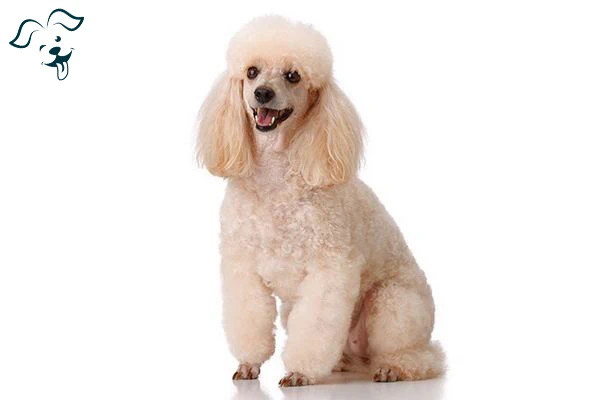

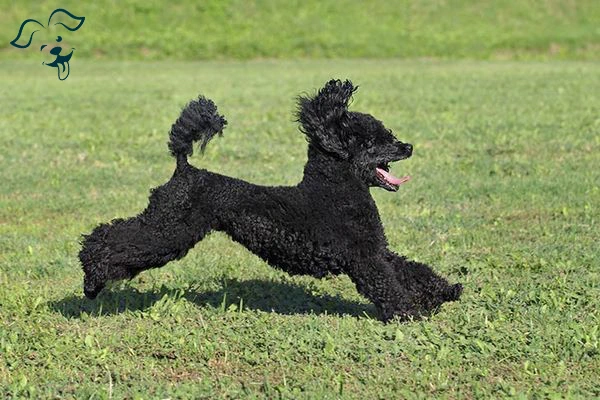
















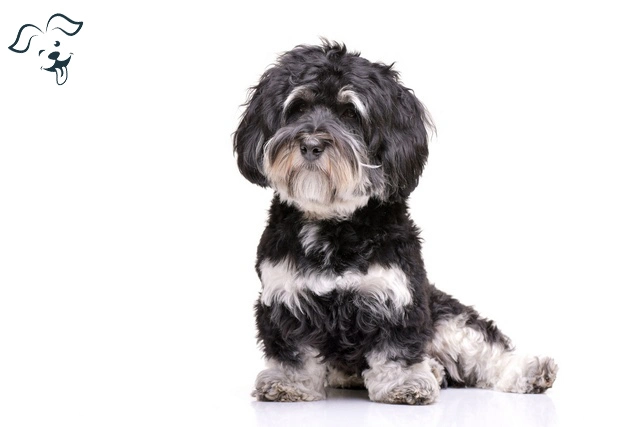
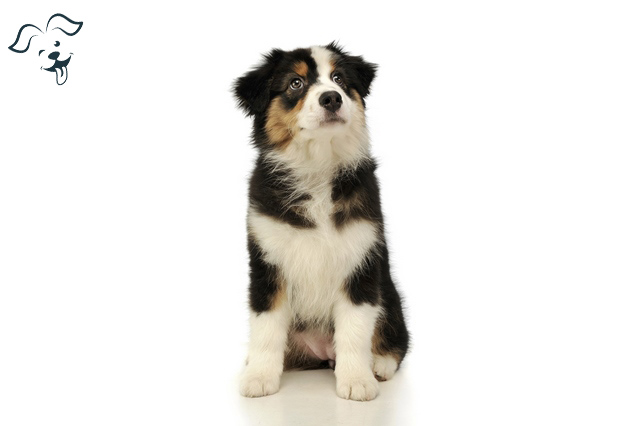
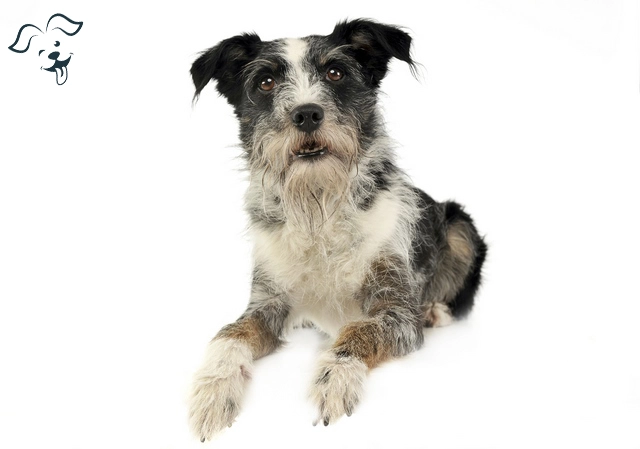
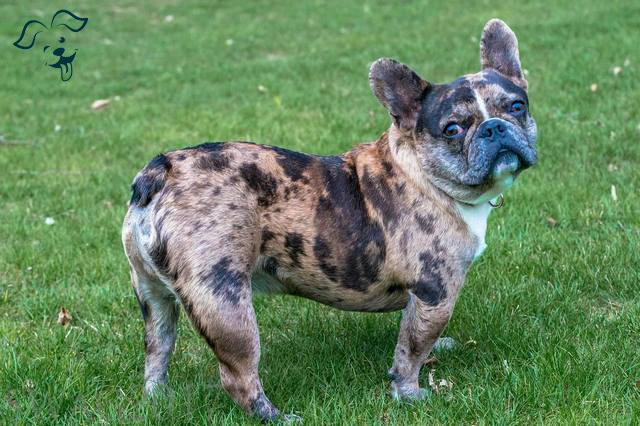
FRIENDLINESS
LIVELINESS
VIGILANCE INTENSITY
ADAPTATION CAPACITY